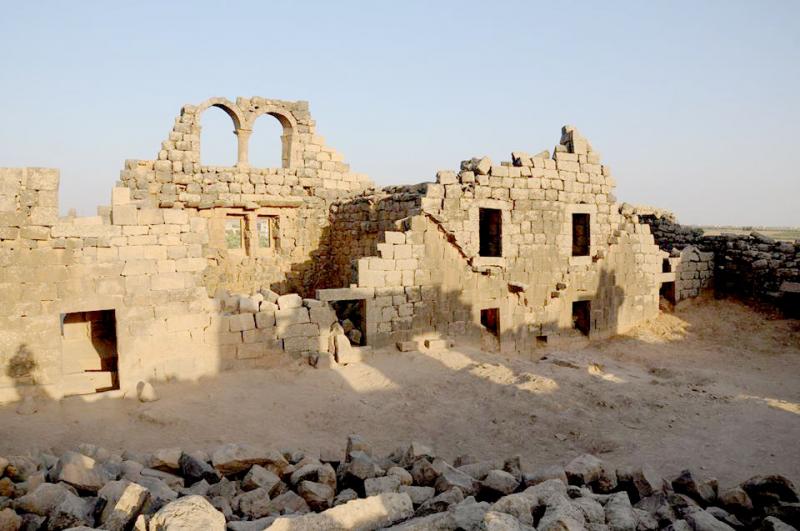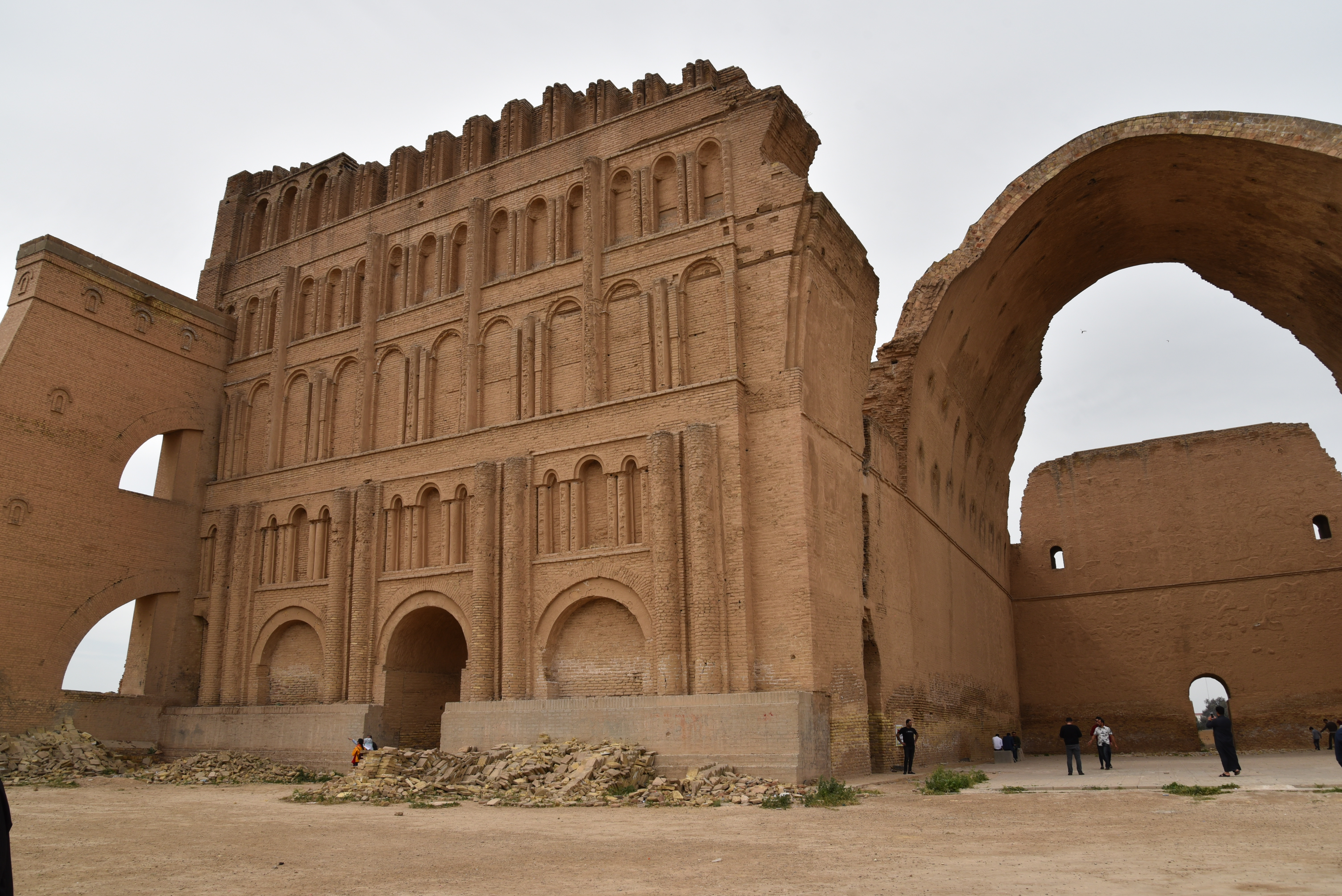Gallery
Below is a series of case-studies that illustrate the crucial contribution of new technologies to the understanding and documentation of archeaological sites, such as photogrammetry, laser scanning, Lidar, and satellite imagery.
Below is a series of case-studies that illustrate the crucial contribution of new technologies to the understanding and documentation of archeaological sites, such as photogrammetry, laser scanning, Lidar, and satellite imagery.

Umm al-Jimal (Arabic: ام الجمال, "Mother of Camels"), is a village in Northern Jordan approximately 17 kilometers east of Mafraq. It is primarily notable for the substantial ruins of a Byzantine and early Islamic town which are clearly visible above the ground, as well as an older Roman village (locally referred to as al-Herri) located to the southwest of the Byzantine ruins.

Tāq Kasrā are the remains of a Sasanian-era Persian monument, dated to c. the 3rd to 6th-century, which is sometimes called the Arch of Ctesiphon. It is located near the modern town of Salman Pak, Iraq. It is the only visible remaining structure of the ancient city of Ctesiphon. The archway is considered a landmark in the history of architecture,and is the largest single-span vault of unreinforced brickwork in the world.
